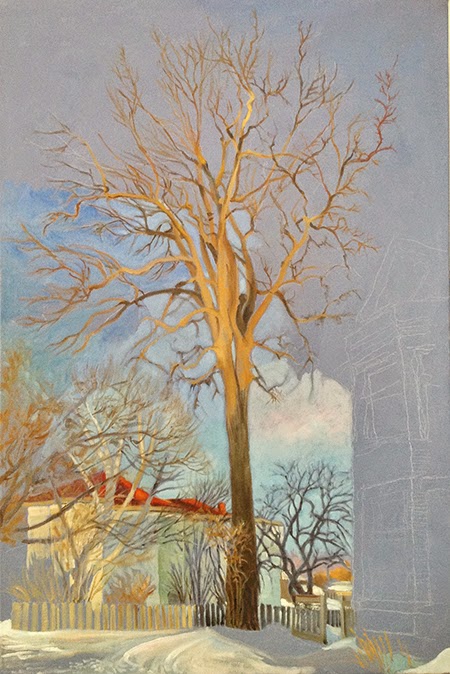We would like to express our
thanks to members of the OSBA executive for the work they have done over the
past year.
 |
| Kerri Weller |
 |
| Jan Salmon |
Jan Salmon also resigned as
President and we thank her for the excellent leadership she gave to OSBA over
the past year.
 |
| Janet Marshall |
Janet has been kind enough to submit a brief biography so we can all get to know her.
As a youngster, I loved art and was chosen for classes through The University of Manitoba where I studied with George Swinton. I also took art classes all through school, showing up to work before school and eating my lunch with the teachers.
At The University of Calgary, I studied Art and Music and went on to teach in Calgary, Kingston, Napanee and Ottawa. Following university, I studied Advanced Drawing with Ivan Eyre at The University of Manitoba and Art History at Queenʼs, Carleton and The University of Calgary.
 While living in Edmonton, at home with two small children, I was part of a figure drawing studio. In Ottawa, I have taken part in figure drawing studios at The Nepean Sportsplex and The Ottawa School of Art. Iʼve also worked in clay at the Sportsplex doing mostly bas reliefs -- drawing in clay.
While living in Edmonton, at home with two small children, I was part of a figure drawing studio. In Ottawa, I have taken part in figure drawing studios at The Nepean Sportsplex and The Ottawa School of Art. Iʼve also worked in clay at the Sportsplex doing mostly bas reliefs -- drawing in clay.
I discovered Kerri Wellerʼs class and realized that she could take me in new directions. I want to master watercolour painting and to produce more finished artwork. Part of watercolourʼs appeal is that I can do it at home in retirement and itʼs portable for travel.
Janet Marshall
At The University of Calgary, I studied Art and Music and went on to teach in Calgary, Kingston, Napanee and Ottawa. Following university, I studied Advanced Drawing with Ivan Eyre at The University of Manitoba and Art History at Queenʼs, Carleton and The University of Calgary.
 While living in Edmonton, at home with two small children, I was part of a figure drawing studio. In Ottawa, I have taken part in figure drawing studios at The Nepean Sportsplex and The Ottawa School of Art. Iʼve also worked in clay at the Sportsplex doing mostly bas reliefs -- drawing in clay.
While living in Edmonton, at home with two small children, I was part of a figure drawing studio. In Ottawa, I have taken part in figure drawing studios at The Nepean Sportsplex and The Ottawa School of Art. Iʼve also worked in clay at the Sportsplex doing mostly bas reliefs -- drawing in clay.I discovered Kerri Wellerʼs class and realized that she could take me in new directions. I want to master watercolour painting and to produce more finished artwork. Part of watercolourʼs appeal is that I can do it at home in retirement and itʼs portable for travel.
I bring to The OSBA a passion for art. As for a sample of botanical art
from me at this time, the teacher in me offers instead the words ‘shows potential’.
Janet Marshall
























